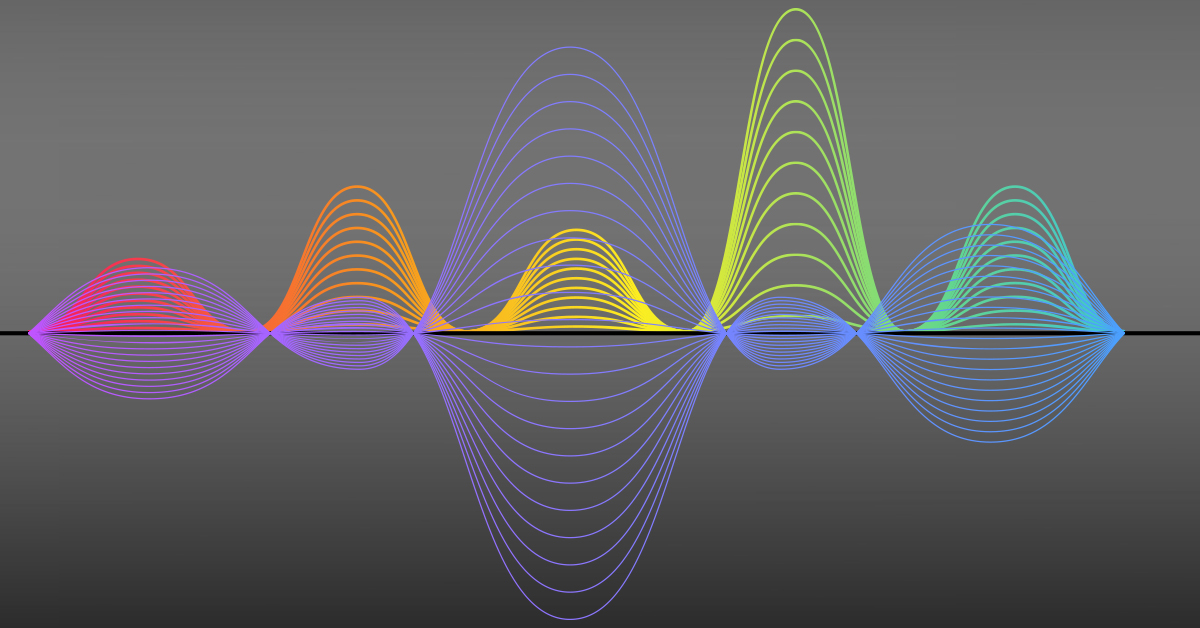
When it comes to management of spinal problems, there are many techniques. One such technique is the radiofrequency ablation procedure, which is performed under local anesthesia. However, radiofrequency ablation is also a technique that is utilized in the management of cardiac disease. In this article, we will review the role of radiofrequency ablation in the management of spinal problems.
What is Radiofrequency Ablation?
Radiofrequency ablation is a procedure where high-frequency radio waves are passed through a device directly onto the nerve fibers in the spine in order to alleviate pain. It is a minimally invasive procedure that can be performed using mild sedation or under local anesthesia.
When is Radiofrequency Ablation Performed?
Radiofrequency ablation is performed in patients who have low back pain which has arisen from irritation of nerve fibers emerging from the spinal column. It is offered to those who have been unsuccessful in controlling the pain through simple painkillers and physical therapy.
How is Radiofrequency Ablation Performed?
The procedure is performed under local anesthesia and mild sedation. The area that requires treatment is cleaned with antiseptic solution and is numbed using a local anesthetic.
A small needle that transmits the radiofrequency waves is then passed into the spinal column under the guidance of X-ray. In order to confirm the position of the needle, a small amount of electricity is passed through it, and this should simulate the pain the patient is experiencing. Once the position has been confirmed, radiofrequency waves are passed through to the tip of the needle, resulting in the generation of heat. This heat, when applied to the nerve, can destroy its capability of transmitting pain signals. In the same session, different nerves that are involved are treated.
The procedure can take anywhere from between 60 to 90 minutes to perform.
After the procedure, the needle is removed and the patient is observed in the hospital for a few days prior to discharge. During this time, the patient may experience a small amount of pain in the area where the procedure was performed. This pain is often due to muscle spasms and the ongoing death of the nerve fibers. The entire process of nerve fiber destruction can take up to 2 weeks.
What Are the Side Effects?
Other than the pain described above, some patients may develop excessive sensitivity of the skin surrounding the area where the procedure was performed. This is known as skin hypersensitivity and can last up to 2 weeks. Some patients describe this pain like that due to a sunburn and can experience it anywhere along the spine. Numbness of the treated area is common.
These side effects only last for a few days and, once they have passed, patients may resume their normal daily activities. However, it is recommended that they take their time and follow medical advice other than get back into the normal activities over a short period of time. Some individuals may require physical therapy.
Long-term Outcomes
Patients who undergo radiofrequency ablation will notice a significant reduction in their pain. There is always a possibility that the nerve fibers will grow back again, but it is unlikely that the pain will recur. If pain does occur, patients may require a repeat procedure.
